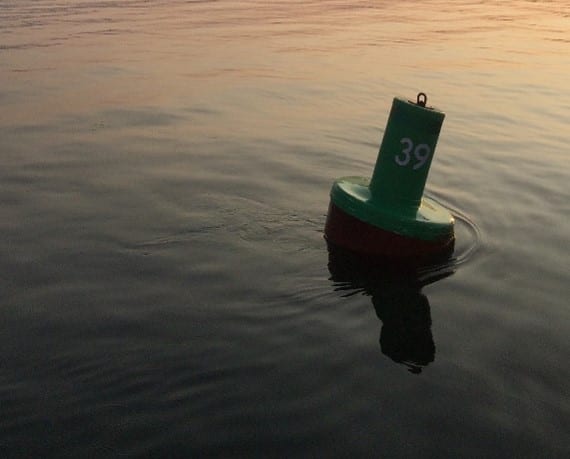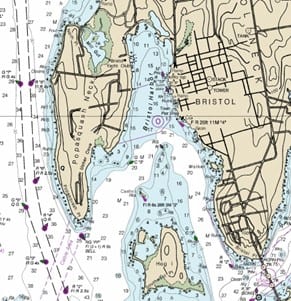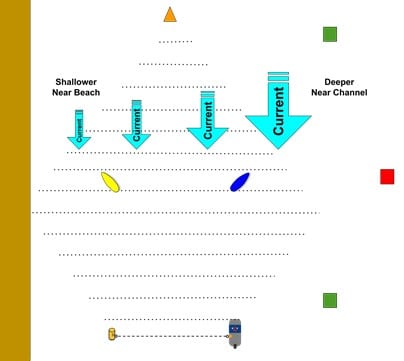Hello, my name is Rocky the Rule-Following Fish! Although I live under the water, I love knowing everything about rules for boats on top of the water. My glasses help me see a lot from down here.
Every month I will share new information about how to act when boats meet. The rules on the water are a little different from the rules on land. Being a friendly boater and fair competitor while on the water is easy when you take a little time to read up on the rules.
Sign up for The Rather Be Sailing Report to stay up to date with the rules and other activities!
Understanding Current & Tide on the Racecourse

- CURRENT is the horizontal flow of water and is described in terms of the direction and speed the water is moving. Current can be caused either by water flowing from higher elevation to a lower elevation like a river, or by ocean tides going out and coming in.
- TIDE is the vertical movement of water caused by the gravitational pull of the Earth and Moon. We describe tides as being high or low, and they occur daily and at regular intervals. On the U.S. East Coast and West Coast, there are typically two high and low tides each day, but the difference in water height can vary depending on location.
There are two tools that will help you identify CURRENT and TIDE before going out on the water: a TIDE TABLE and a DEPTH CHART. Let’s take a look at an example of each from where I live!
TIDE TABLE
A TIDE TABLE gives you daily information regarding the predicted times of high and low TIDES and the heights of the TIDES. The arrows are a quick reference to show if the water level is rising or lowering.
DEPTH CHART
A DEPTH CHART magnifies how deep or shallow the waterway is in a specific area. The numbers on the depth chart represents an average of how many feet of water there will be at low tide. The light blue areas have the shallowest water.
Knowing the difference between CURRENT and TIDE, as well as using a TIDE TABLE and DEPTH CHART, will help you identify CURRENT on the racecourse. This CURRENT and TIDE information will also help you make a good racecourse strategy.
There are many places to identify the CURRENT while sailing to or sailing around the racecourse. Here are three to try!
- Floating Object, like an orange from your lunch, that you can let float in the water. But make sure you pick it up after!
- Fixed Buoy or Boat like the pin end drop buoy or the anchored race committee boat on the starting line.
- Navigational Aids like a channel marker, speed buoy, or mooring ball.
CURRENT is affected by water depth. Deep water will increase the speed of CURRENT; shallow water will reduce the speed of CURRENT. You can see the direction of the current on fixed objects in the water because the moving water leaves a long tail of wake as it passes the buoy.


It is important to know where the deep or shallow water is on your racecourse! Deeper water with faster CURRENT can help accelerate towards the next mark OR stop you from getting to the next mark!
CURRENT that accelerates you toward the next is helpful or POSITIVE CURRENT.
CURRENT that stops you from getting to the next mark is unhelpful or NEGATIVE CURRENT.
In the diagram below, the yellow boat’s strategy to sail on the left side of the course in shallower water AND LESS NEGATIVE CURRENT will get to the mark before the blue boat’s strategy to sail on the right side of the course in deeper water AND MORE NEGATIVE CURRENT.
Before you go, I want you to remember two important things about CURRENT & TIDE:
- When the current is moving against you, everything will happen much slower. Be patient!
- When current is moving with you towards the next mark, everything will happen faster. Plan ahead!
Visit Youth Racing Central for more youth sailing resources!




